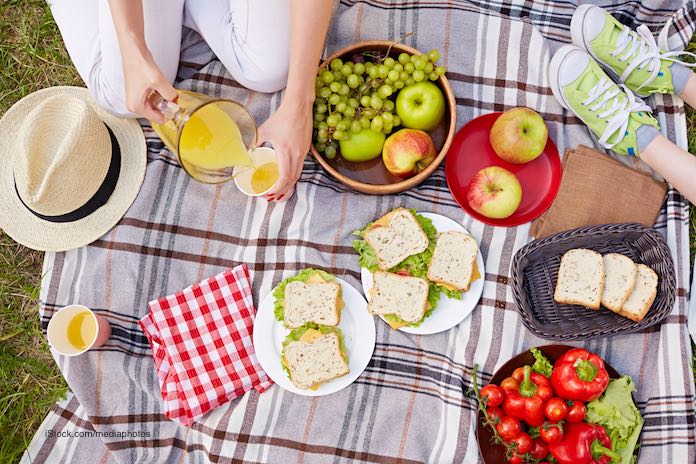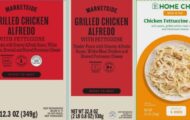With the summer months approaching and Memorial Day just around the corner, Ben Chapman, a food safety researcher at North Carolina State University, is uncovering food safety myths for summer food safety. What do you need to know to stay safe food-wise this summer?

One suspected culprit that many people suspect in summer food poisoning outbreaks is mayonnaise. But mayonnaise is not usually the issue. That product is made with acids that render the food inhospitable to bacteria. When someone thinks they got sick because of potato or chicken salad, it’s not the mayonnaise. It’s the potatoes or the chicken.
In potato salad, the bacteria that most often make people sick are usually Staphylococcus aureus or Clostridium perfringens. Potatoes are a low-acid food. That means they are the perfect growing medium for pathogenic bacteria. Other low-acid foods often used in summer salads include chicken (which can be contaminated with Salmonella bacteria), pasta, and hard-cooked eggs (another potential Salmonella source). These foods can overcome the acidity of the mayonnaise and bacteria can grow.
There other factors that must occur before a summer salad is contaminated. Poor hygiene can play a part. People touch their faces and then prepare, serve, or touch food without washing their hands. That can introduce all kinds of bacteria into the food. Then, temperature abuse must occur; most bacteria (except for Listeria monocytogenes) do not grow well above 41°F. If a food is held at too high a temperature for too long, someone is going to get sick.
Everyone should know of the “two hour” rule for food safety. Perishable foods, such as foods made with dairy products, meats, poultry, or fish, should never be out of refrigeration for more than two hours. After that time, bacteria levels can double in 20 minutes or less.
But for summer food safety, that time shrinks to one hour. When the ambient air temperature is 90°F or above, food can only be out of the fridge for one hour. And that time can pass quickly.
And the “mayonnaise usually isn’t the culprit” rule doesn’t apply to homemade mayo. Mayonnaise you buy in a jar has been acidified and treated to kill pathogenic bacteria. Homemade mayonnaise recipes are usually not as acidic, which can be a problem. And many mayo recipes use raw eggs – yet another bacterial source.
Other problematic foods that may interfere with your summer food safety crusade include fresh produce, which are responsible for more food poisoning outbreaks in the last 20 years than any other food. Cross-contamination between raw meats, poultry, and fish and veggies is another issue; follow kitchen food safety rules to the letter.
And don’t serve rare hamburgers from your backyard grill! All ground meats should be cooked to a minimum final internal temperature of 160°F (165°F for ground poultry) – and check that temp with a food thermometer. Stay food safe this summer.




